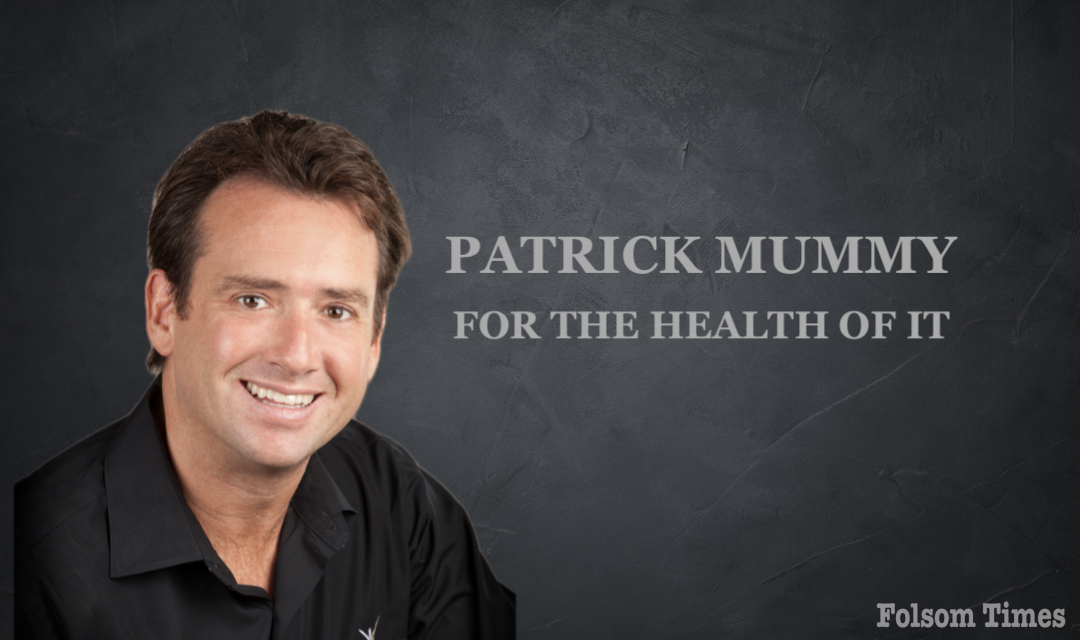If there is one thing I would like to disseminate to anyone who is suffering from chronic pain, it is simply this: understand WHY you are in pain, and how our medical model is not addressing it correctly. Take a look at these statistics on chronic pain:
• Low back pain (LBP) is the second most common cause of disability in US adults(1) and a common reason for lost work days.(2–3) An estimated 149 million days of work per year are lost due to LBP (The National Institute of Health).
•According to Health Economists from Johns Hopkins university in The Journal of Pain, reported the annual cost of chronic pain is as high as $635 billion a year, which is more than the yearly costs for cancer, heart disease and diabetes.
•After medication, surgery is the most common treatment for persistent pain. Global estimates suggest that close to 313 million surgeries are performed annually, with approximately 500,000 lumbar spine surgeries each year in the US alone. (www.frontiersin.org)
Being in the healthcare field for 29 years now, what makes me cringe is that the amount of chronic pain in our society each year increases. With all of the technological advancements, the newest surgeries, and the latest drugs, pain and disease becomes more and more prevalent each year. How can this possibly be with all the brilliant minds in our medical community? To me it is simple. Prevention versus reaction.
The emphasis of treatments is completely backwards as we focus almost completely on the pain or disease itself rather than the cause of the pain or disease. Think about it: What are the treatment recommendations for chronic pain? Medication is most prevalent, followed by physical therapy, hands-on treatments such as chiropractic, and then surgery if all else fails. The common denominator with all these treatment models is a reliance on something or someone to make you “feel” better. Not one program gives you a comprehensive home plan with consistent follow-up and adjustments to make sure you are not only staying consistent with the program but making the proper changes to allow you to maintain your progress. Most therapies certainly don’t focus on preventing the issues from coming back, but rather on temporary symptom assuagement.
The medical model makes trillions of dollars annually selling you on the quick-fix. The top 12 healthcare companies in the US collectively made $1.85 trillion in revenue last year alone. The average time a doctor spends with you in the office is 9 minutes. For the first time in decades, the life expectancy for the average American citizen is now decreasing, unlike the rest of comparable countries. According to the healthline.com, 97% of Americans are failing to meet ideal ‘healthy lifestyle’ criteria that can protect their heart, which according to the Centers for Disease Control (CDC) 610,000 Americans die of heart disease each year- the number one cause of death in the U.S. The CDC goes on to say that seven out of 10 U.S. deaths are caused by chronic disease, while half of the country’s population has been diagnosed with a chronic illness, including heart disease, cancer, AIDA, or other conditions classified by the medical community as preventable.
So, why doesn’t the system/government spend more on preventative care? Because understanding chronic pain or disease is your first step to understanding how to get rid of it. And the bottom line is that instead of vilifying pain, we need to celebrate it and not make money off of it. What most of us don’t understand is that once you start to feel chronic pain or symptoms- it doesn’t matter where it is- your body has been compensating for years to avoid it and the pain or symptom itself is almost always the end result of a full system (body) breakdown. And once your body can’t avoid it, your brain sends constant pain signals to warn you that something is severely off- sort of like the check engine on your car. But again, this process has happened over your lifetime, and fixing it won’t take a pill or an adjustment. If the only thing your practitioner asks you post-treatment is “How do you feel?”, then you are in the wrong place. If you were truly incentivized by your healthcare provider, then the healthier you become, the less you would pay into the system because you would be less of a risk. But that’s called prevention, which means you have to take control over your daily habits. There’s a reason Pfizer earned over $100 Billion in 2022 alone- because prevention doesn’t pay.
About Patrick Mummy and Symmetry for Health
Whenever Symmetry gets a client into their office, they ask them if anyone has ever explained their pain as it relates to gravity. The answer inevitably is ‘no’. This is because western medicine tends to move pain to the forefront of the perceived problem and therefore the majority of the conversation is focused on the pain itself. For example, many of Symmetry’s clients are very excited to show them their X-rays or MRI reports. They assume the Symmetry staff will also want to talk about these reports because that is what most clients are used to talking about when dealing with their pain. To Symmetry, pain is simply the by-product of systemic breakdown due to years of dysfunction and not a complete reason in and of itself.
Patrick Mummy is the owner and founder of Symmetry, created his company in 1997 in San Diego to complete the tie between reactive medicine and preventative medicine. In 2007 Patrick received a patent on his quantitative approach to the human frame and the treatment of the human frame, called AlignSmart. Ironically, this was the same year he moved back up to northern California with his two daughters, and eventually ended up in Folsom, where he has spent the last 10 years refining his system.
Newton’s third law states that “For every action there is an equal and opposite reaction”. This law is the basis from which Symmetry was created and it remains the most important aspect because gravity is constant and dependable. Just as an architect designs a building, or an engineer, a car, the number one issue they focus on is gravity and the forces that apply to the structures surrounding it, whether static or dynamic. When the human frame does not apply a balanced reaction up against the force of gravity in a constant and equal way, then ANY structure will be forced to adjust. This is the definition of compensation and the reason why one ultimately obtains chronic pain.
When a client comes into Symmetry, they don’t look at them in terms of pain but rather as a delicate system of levers and pulleys. Symmetry measures your posture and compares that to the blueprint your body is supposed to reflect.
If it doesn’t, which most don’t, then Symmetry’s AlignSmart software technology creates a suggested sequence of corrective stretches that they teach to you so that you can fix yourself. “If you cannot take your practitioner home with you every day, then whatever pain-relief treatment you have sought will more then likely be temporary”, says Patrick Mummy. “And at the end of the day, this creates reliance because pain relief is the focus, and not the education and support one needs to make a long-lasting change.”
Learn more about Symmetry for Health and how they can help you by visiting their website atwww.symmetryforhealth.comor calling them to set up a consultation at 916-467-7764. They are located at 1845 Iron Point Road in Folsom.




